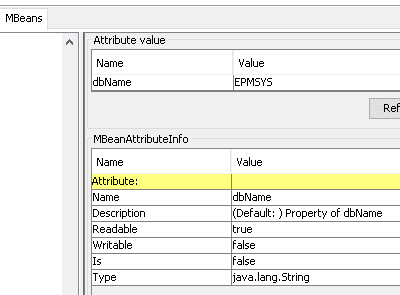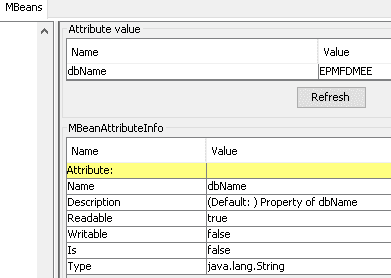Tag Archives: blog
Use Cases for Kubernetes on MongoDB
Containerization offers many benefits for your development team through its flexibility, versatility, and support for a wide range of deployment environments. MongoDB supports Kubernetes, an open-source container orchestration technology that automates many key aspects of working with containerized applications. Container orchestration empowers your organization with several compelling use cases.
Microservices Orchestration
The use case that many people think of when Kubernetes is mentioned is microservices management. It groups your application’s containers together and facilitates managing them. Complex applications benefit the most from this type of infrastructure, and it streamlines many software development tasks, such as updating components and troubleshooting program errors.
Another benefit of using Kubernetes on MongoDB for microservices management is improving the reliability of applications. A component failure is automatically addressed with the right configuration, and each microservice can also access resources based on its current needs.
Deployment Flexibility
Kubernetes is not tied to a particular deployment infrastructure. It’s capable of working with public clouds, private clouds, hybrid clouds, and on-premise environments. Your software development team can evaluate each MongoDB-based application to determine the ideal option. If you end up needing to move to a different environment, migration is straightforward and relatively fast. This flexibility allows your organization to take advantage of new technology and keep up with changing best practices.
Hassle-free Horizontal Scaling
MongoDB offers excellent scaling capabilities, and Kubernetes adds more useful features in this area. You can set up your application to automatically scale up and down based on the container’s CPU usage, or you can manually control it via a command line or a handy UI. When you’re working with very large data sets, being able to seamlessly manage their distribution in a cluster allows you to work with them sustainably.
Automating Changes to Containers
Keeping applications up to date and avoiding unexpected downtime can be a challenge. Kubernetes on MongoDB manages this process through automation. It will deploy your updates and continually monitor the application. If it detects a problem, the change rolls back to avoid outages. This self-healing mechanism saves a lot of time and trouble in the testing process. It also makes iterative updates easier to deploy.
Load Balancing MongoDB Clusters
Kubernetes assigns unique IP addresses and DNS names to Pods, which are grouped containers. This process makes service discovery simple and facilitates load-balancing measures.
MongoDB and Kubernetes are a match made in heaven. When you’re working with a MongoDB cluster and you want to take advantage of containerization, this combination is hard to beat. Datavail can help you implement Kubernetes and get more out of your MongoDB applications. Tell us about your project today!
Read This Next
MongoDB on Kubernetes: How to Add Containerization Tech
Containerization is a powerful and flexible way to create modular applications that can easily move between platforms. Download our white paper to learn the features & benefits of MongoDB on Kubernetes and how to maximize the value of Kubernetes in a MongoDB environment.
The post Use Cases for Kubernetes on MongoDB appeared first on Datavail.
Say No to Startup Data Overwhelm
The exponential growth in the numbers of programming languages, apps, formats, and devices makes managing today’s data stores incredibly intricate. The work is made even more difficult when also adding the equally increasing numbers of regulations and regulators around the world, who continue to issue ever-more stringent rules about data privacy and control. For many startup companies, the consequent data management hurdle would be too great to overcome without the support of a dedicated “Data Management as a Service” team.
Data Management as a Service?
The growing influx of data concerns brings with it an obligation to understand and master the control of each, regardless of its origin or purpose. Further, in today’s global economy, no company can exempt itself from the practice without risking losing its prime target market. However, those same companies rarely have the funding to fully staff a dedicated data management team. A managed services provider can help resolve problems many of these issues such as:
- The team brings instant expertise. As a data management contractor, Datavail is already experienced in both legacy and emerging data management systems, having worked through the evolution of Big Data into “Mega Immense Data.” Having already mastered the demands of the varying channels, devices, operating systems, etc., Datavail now shares its knowledge and skills with its customers to ensure that they, too, can master the data that drives their business.
- They’re ahead of the regulations curve. Europe’s implementation of the General Data Protection Regulation (GDPR) last year appears to be just the beginning of a global sweep toward stricter data privacy rules. In January 2020, California’s“Consumer Privacy Act” (CCPA) goes into effect, which is creating yet another layer of compliance oversight for organizations that handle consumer data.
Like the GDPR, the CCPA applies to any company doing business in the state, even if they don’t actually have a physical presence there. Companies doing business in Europe or with Europeans that are already compliant with the GDPR will have an easier time becoming compliant with the CCPA. Those organizations that aren’t yet (or don’t need to be) compliant with the GDPR, however, may be starting at square one; accessing a data management service provider already skilled with similar compliance mandates will certainly ease that process.
- They’re on top of data management architectures. Managing the volume of data also means managing how it’s used, stored, and accessed. The emergence of Artificial Intelligence and Machine Learning means that more machines and programs than ever before are accessing data and gleaning ever-more granular business insights in the process. A dedicated data management service provider will help its customers implement these tools to delve even deeper into their proprietary information.
Data management is challenging especially when a company is not in the business of data management. Accessing the services of a data management specialist can save money and time for every startup that wants to use its internal resources to achieve more specific corporate goals.
At Datavail, the security and privacy of our client data forms the bedrock of our culture. We continue to invest in security capabilities that enable the safety of the data and systems entrusted to us by our clients. This investment is at the heart of our ISO/IEC 27001:2013 commitment, compliance and certification. Contact us to learn more.
Further Reading
Team Up to Secure Your Startup Success
10 Reasons You Need Half a DBA
5 Application Development & Management Issues You Can Solve with a Sprint Teama>
The post Say No to Startup Data Overwhelm appeared first on Datavail.
EPM 11.2.2.0 – Notable Differences Between Windows & Linux
Weekends sometimes offer time for some leisurely R&D (especially with the current lock-down/mask rules). I posted previously about some issues I noticed in the Linux edition of Oracle EPM/Hyperion 11.2.2.0. Well, this weekend I finished standing up the Windows edition. Here are some key configuration errors/issues I spotted.
FDM Enterprise Edition (FDMEE)
You’ll find a 3-part post concerning 11.2.2.0 FDMEE errors in Linux. In the Windows edition, I encountered none of those issues. The ODI tables built successfully, and FDMEE in Workspace, ODI Web Studio and ODI Agent were all functional.
Suggestion for Linux users:
Install the 11.2.2.0 Windows edition (you don’t need to configure) and zip up \Oracle\Middleware\odi, ftp it over to your Linux server, and unzip it with the Replace option in /Oracle/Middleware/odi.
Also copy aif.ear from Windows to Linux.
Then re-try your Configure Database and Deploy for FDMEE.
Planning RMI
This starts up just fine in Linux and successfully binds to port 11333. In Windows, we still have the issue I wrote about for 11.2.0.0 and 11.2.1.0. You’ll find the solution to fixing the Windows Registry for Planning RMI here on my blog.
Analytic Provider Services
In Windows, it deploys just fine. In Linux, it gets a deployment error.
Suggested solution for Linux users:
Install the Windows edition of EPM 11.2.2.0 (you don’t need to deploy). Copy aps.ear from Windows to Linux, and then redeploy in Linux.
Cross-posted from EPM On-Prem Pro. Read the original post here.
The post EPM 11.2.2.0 – Notable Differences Between Windows & Linux appeared first on Datavail.
FDMEE 11.2.2.0 Troubleshooting – Part 2
Before reading further, you need to first review my earlier post, “FDMEE 11.2.2.0 Multiple Problems – Buggy Release – Part 1.”
Clarification: this post is about the Linux edition only. The Windows edition does not have these issues.
Without a complete FDMEE database schema, which the post linked above walks you through, your Oracle EPM/Hyperion FDMEE 11.2.2.0 implementation will be doomed.
Now, sadly, we have to dive into Oracle WebLogic 12c. You will need to launch the WebLogic Admin Console so you may follow along.
First problem: nothing is targeted to FDMEE (“ErpIntegrator” in WebLogic’s lingo)….
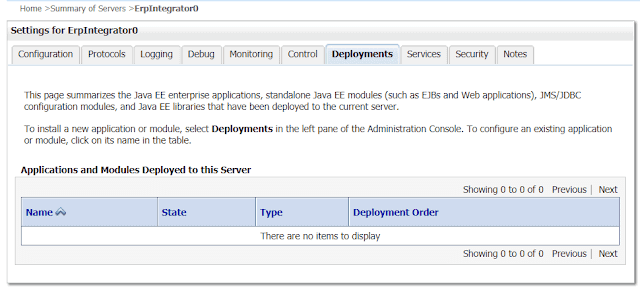
In addition, a critical deployment is missing. Can you see which one?
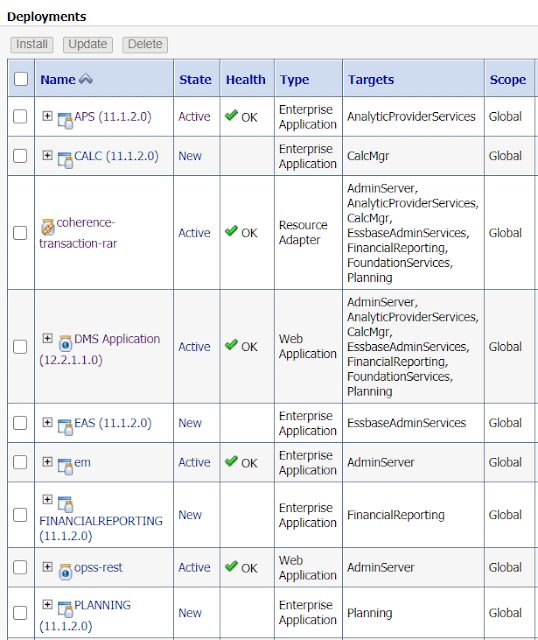
Answer: The deployment named “AIF” is missing, and it ought to be targeted to the ERPIntegrator cluster. Other targets are missing as well. Here’s how it ought to look:
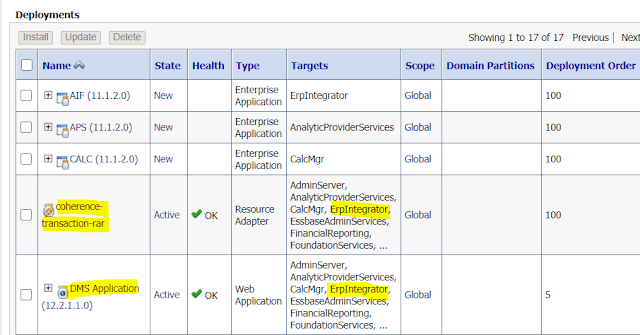
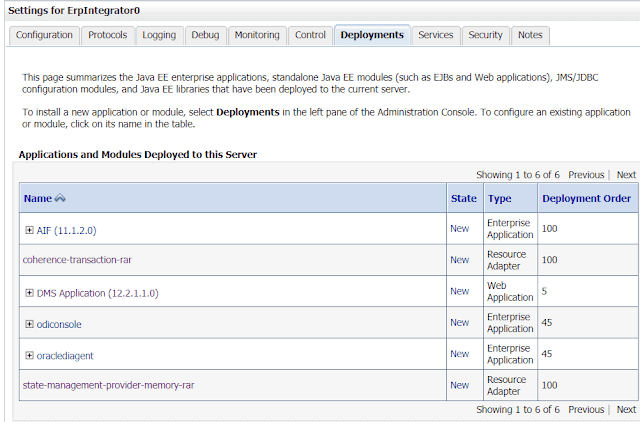
You can fix this manually within the Admin Console, or you can shut down the Admin Server and edit WebLogic’s config.xml by hand. To do it within the user interface, you would do a Lock & Edit, add deployment, and pick aif.ear from within Middleware/EPMSystem11R1/products/FinancialDataQuality/AppServer/InstallableApps. But wait, there’s more! You may want to shut down AdminServer and paste this text to config.xml:
<app-deployment>
<name>oraclediagent</name>
<target>ErpIntegrator</target>
<module-type>ear</module-type>
<source-path>/Oracle/Middleware/odi/jee/oracledi-agent/oraclediagent-wls.ear</source-path>
<deployment-order>45</deployment-order>
<security-dd-model>DDOnly</security-dd-model>
<staging-mode>nostage</staging-mode>
</app-deployment>
<app-deployment>
<name>odiconsole</name>
<target>ErpIntegrator</target>
<module-type>ear</module-type>
<source-path>/Oracle/Middleware/odi/jee/oracledi-metadata-navigator/odiconsole.ear</source-path>
<deployment-order>45</deployment-order>
<security-dd-model>DDOnly</security-dd-model>
<staging-mode>nostage</staging-mode>
</app-deployment>
<app-deployment>
<name>AIF#11.1.2.0</name>
<target>ErpIntegrator</target>
<module-type>ear</module-type>
<source-path>/Oracle/Middleware/EPMSystem11R1/products/FinancialDataQuality/AppServer/InstallableApps/aif.ear</source-path>
<security-dd-model>DDOnly</security-dd-model>
<staging-mode>nostage</staging-mode>
</app-deployment>
Replace /Oracle above with the Linux path from / leading to Middleware.
We’re not done yet. Restart the Admin Server, go to Deployments->aif->Testing:
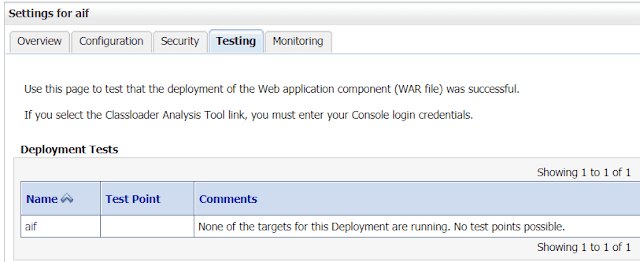
This is what it ought to look like:
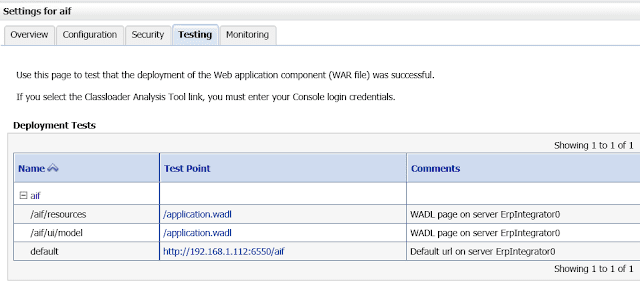
Go back to Deployments and put a checkbox where I’ve highlighted below and change the page size from 10 entries to 1000.
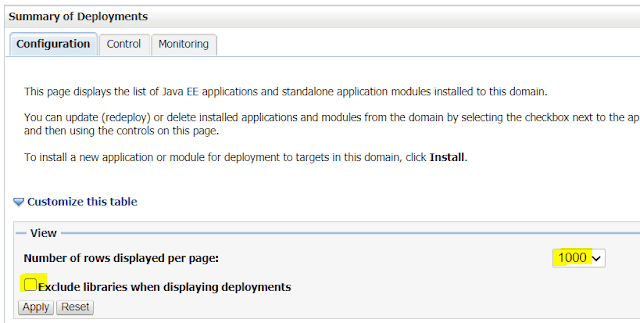
Here is just a brief snippet of what’s wrong. Many libraries have not been targeted to ERPIntegrator.
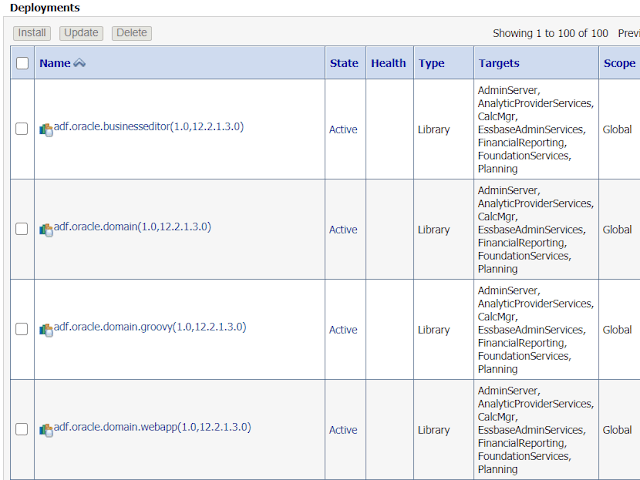
The fix here is you need to do another Lock & Edit and target the ERPIntegrator cluster for many libraries. There are too many to list. If you want to see the gory details, I have posted my modified WebLogic config.xml
Honestly, we need a patch for FDMEE and also possibly the EPM Configurator tool. No one should have to go through all of the steps I did!
As EPM 11.2.2.0 is very new, these types of things are bound to happen. If you have an implementation project on the horizon for EPM 11.2.2.0, ensure your Project Manager bakes in enough time in the project timeline for opening SRs and waiting for patches to be issued.
I hope this post helps unravel the mystery! Stay tuned for Part 3…
Cross-posted from EPM On-Prem Pro. Read the original post here.
The post FDMEE 11.2.2.0 Troubleshooting – Part 2 appeared first on Datavail.

